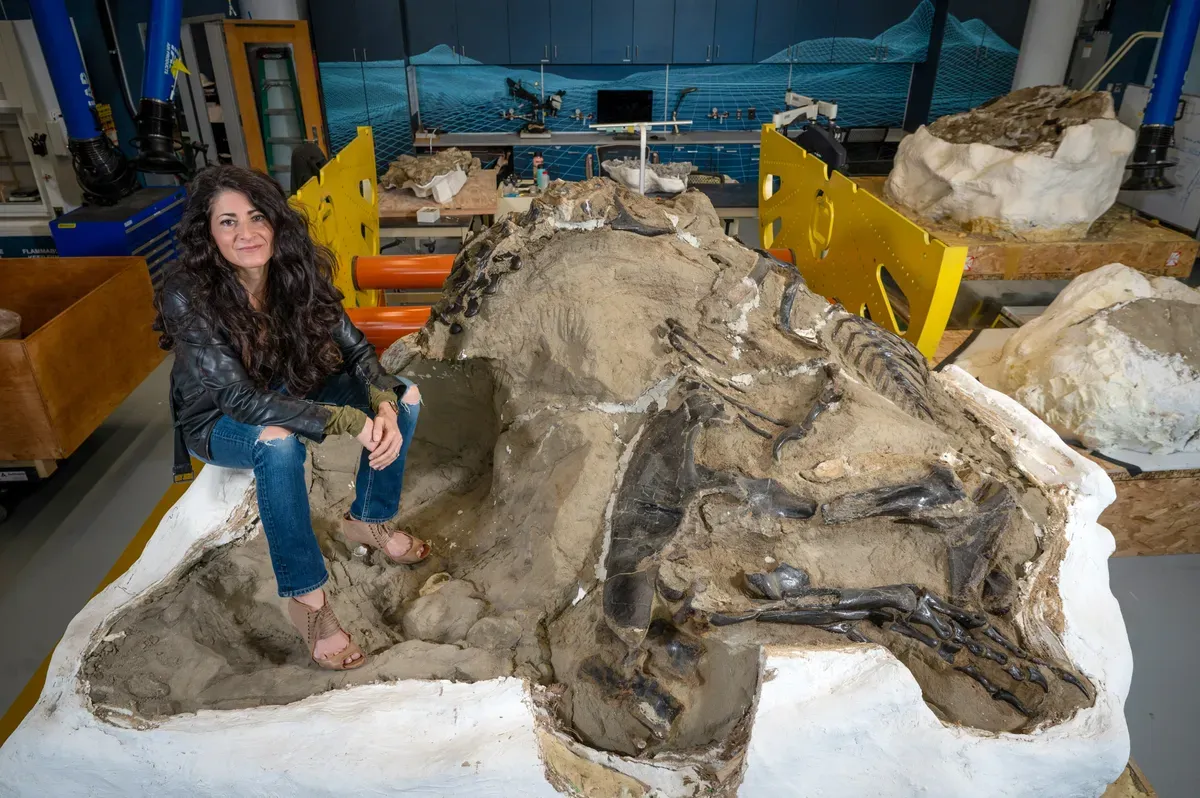The fossil that ended the 40-year debate

The origin of the debate stems from a small, 67-million-year-old tyrannosaur skull discovered in the Hell Creek Formation of Montana in 1942. This skull was named Nanotyrannus lancensis in 1988. However, since then, many scientists have argued that the fossil actually belonged to a young T. rex. The fact that the species was identified based on only one skull and the rest of the skeleton was unknown has fueled this disagreement.
Over the years, another small tyrannosaur skeleton named "Jane" was discovered in the Hell Creek Formation. Approximately 11 years old at the time of death, Jane was still growing and showed many differences from the original skull. These differences further complicated the debate.
But now, scientists have examined a remarkably complete 67-million-year-old tyrannosaur skeleton known as the "Fighting Dinosaur." This fossil bears features of N. lancensis, not T. rex. It was also likely engaged in combat with a Triceratops at the time of its death.

Researchers Lindsay Zanno (North Carolina State University and the North Carolina Museum of Natural Sciences) and James Napoli (Stony Brook University) analyzed the bone growth rings, vertebrae fusion data, and developmental anatomy of this new skeleton. The results revealed that this dinosaur was approximately 20 years old and nearly fully developed at the time of death. This meant it was not a juvenile T. rex, but a mature individual despite its small size.
Nanotyrannus was estimated to have weighed around 700 kilograms (1,300 pounds), a significant weight compared to the 6,700 to 8,200 kilogram mass of an adult T. rex. Nanotyrannus also had distinguishing features such as longer forelimbs, more teeth, fewer tail vertebrae, and a different cranial nerve arrangement.
According to Zanno, T. rex had a bulky body, a massive skull, and a tremendous bite force. Nanotyrannus, on the other hand, was more slender, fast, and agile. It evolved to catch prey with its advanced claws and hands. Despite living in the same time period, these two tyrannosaur species fulfilled very different ecological roles.
SÖZCÜ





